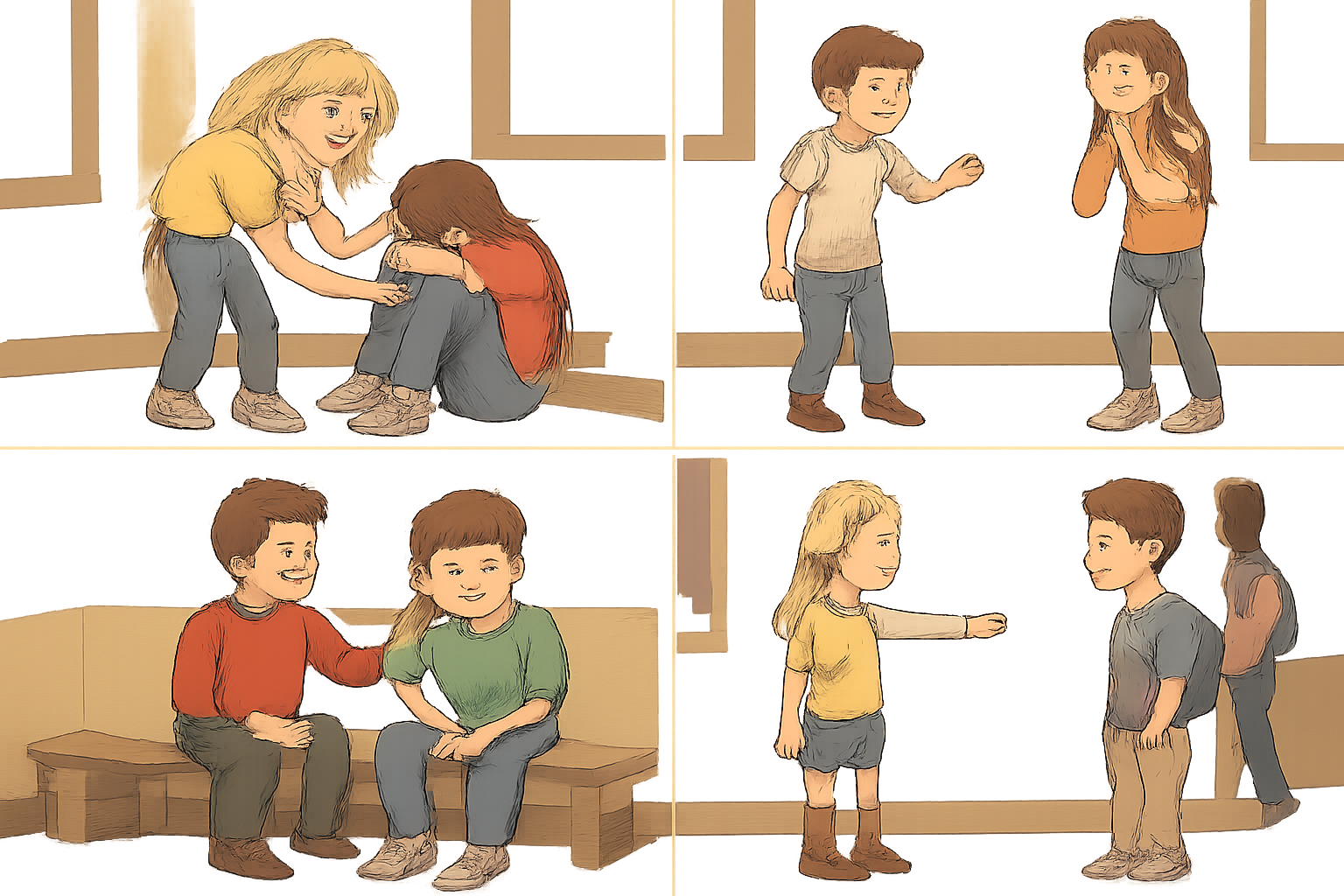which scenario best demonstrates empathy
Empathy is more than just a buzzword—it’s a practical skill that shapes human connection. When someone searches for “which scenario best demonstrates empathy,” they’re likely trying to understand what empathy looks like in real-life contexts. In simple terms, empathy is the ability to understand and share another person's feelings. But recognizing it in the wild isn’t always straightforward.
Understanding Empathy at a Glance
Empathy involves listening, observing, and responding with genuine care. It’s not about fixing problems immediately or offering quick comfort. Instead, it’s about being present and showing you understand what another person is going through.
There are generally three types of empathy:
- Cognitive empathy: Understanding what someone else might be thinking.
- Emotional empathy: Feeling what someone else is feeling.
- Compassionate empathy: Taking action to help, based on understanding and feeling.
Let’s break down some scenarios to highlight where true empathy shows up.
Common Scenarios: What Does Empathy Look Like?
Imagine these two situations:
Scenario A:
Jenna’s friend loses her job and looks upset. Jenna says, “That’s tough, but you’ll find another soon,” and changes the subject.
Scenario B:
Jenna’s friend loses her job and looks upset. Jenna stops, listens, and says, “I’m so sorry. That must feel overwhelming. Do you want to talk about it?”
Scenario B is the one that best demonstrates empathy. Jenna acknowledges her friend’s feelings, offers her presence, and lets her friend steer the conversation. She’s not rushing to solve the issue—she’s connecting on an emotional level.
Why Empathy Matters
Demonstrating empathy isn’t just about being nice—it makes a real difference in relationships at home, work, or school. People who feel heard and understood are more likely to trust, open up, and collaborate. It reduces conflict, deepens bonds, and can even improve mental well-being.
Sometimes, the most empathetic response is simply to listen without judgment. Quick solutions or dismissive encouragement, while well-meaning, often miss the mark. True empathy validates emotions and shows respect for another person’s experience.
How to Recognize or Practice Empathy
- Ask open-ended questions: Instead of guessing what someone feels, let them express it.
- Reflect what you hear: Simple phrases like “That sounds really difficult” go a long way.
- Be present: Put your phone away. Make eye contact. Show you care through attention.
- Take action if needed: Sometimes, empathy looks like practical help—offering to assist or stand by someone.
Pros and Cons
Pros:
- Strengthens relationships
- Builds trust and cooperation
- Reduces misunderstandings
Cons:
- Can be emotionally taxing
- May blur personal boundaries if not balanced
Final Thought
In summary, the scenario that best demonstrates empathy is one where someone listens, acknowledges feelings, and offers support without judgment or rushing to solve the problem. That’s what sets genuine empathy apart—and what makes it so valuable in everyday life.
Kirk C. Harrison, the visionary owner and talented copywriter behind MetaNow Gaming, is a driving force in the gaming community. With a passion for diversity in gaming, Kirk has cultivated MetaNow Gaming into a vibrant hub for diverse gaming content and community interaction. His insightful writing and dedication to inclusivity make MetaNow Gaming not just a platform for news and reviews, but a welcoming space where gamers connect and celebrate the richness of the gaming experience. Join Kirk at MetaNow Gaming for a unique blend of content and community that reflects the diverse tapestry of the gaming world.




